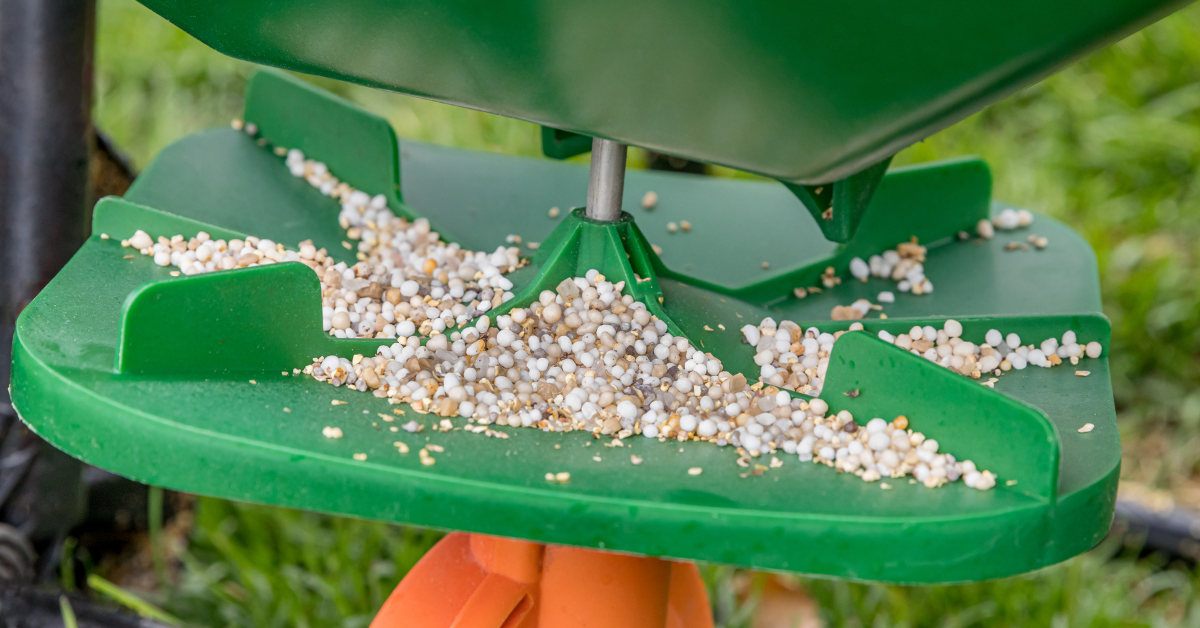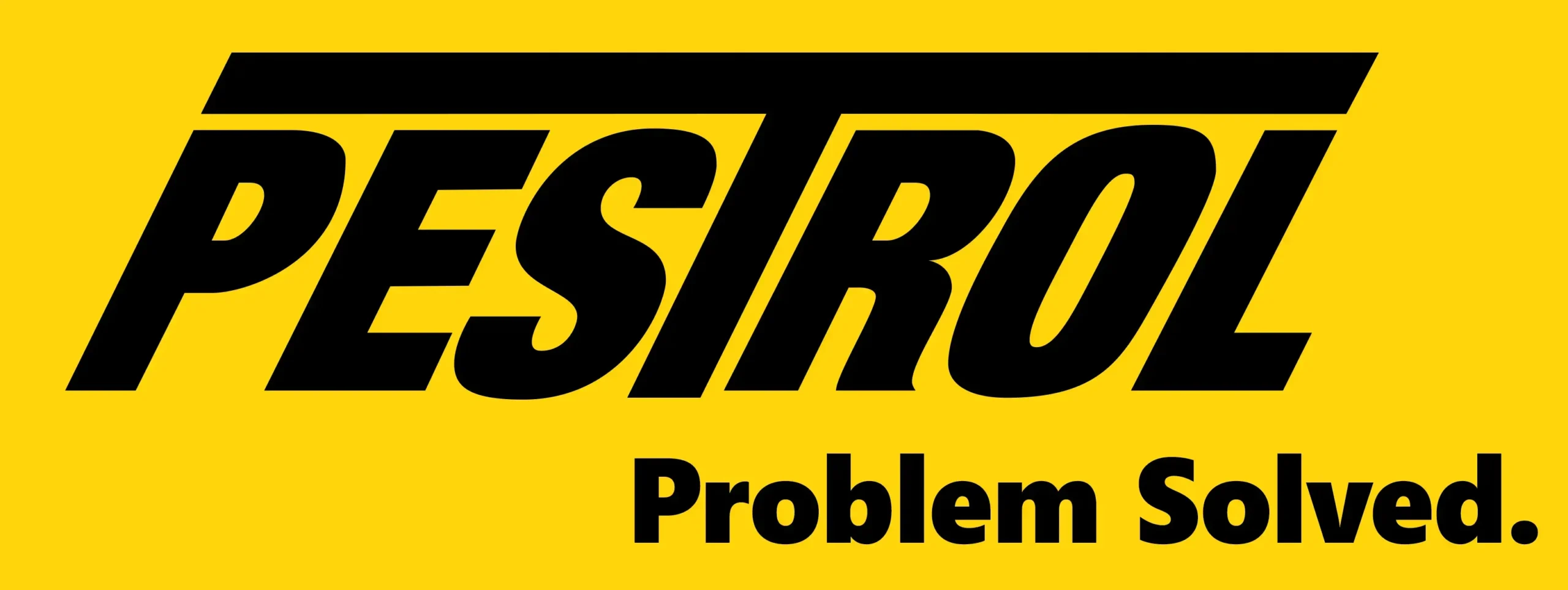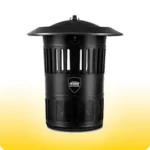Herbicides – Choosing the Right One for your Garden or Farm

Imagine a field blooming with wildflowers, a scene so pretty it could be on a postcard. While these plants add a splash of color to the landscape, they also represent a challenge that many gardeners and farmers face – the invasion of weeds. The beauty of a weed like the Dandelion belies the potential harm it can cause when it overtakes a landscape, competing with crops or desired flora. This is where herbicides, commonly known as weed killers, step into the picture.
Herbicides are chemicals designed to control or eliminate weeds. At first glance, it seems simple – use these substances to keep your garden or farm weed-free. However, there’s more to this story. Despite their appealing results, herbicides can be a double-edged sword. On one hand, they efficiently manage unwanted vegetation, but on the other, they can pose risks to the environment, beneficial plants, and even human health if not used responsibly. Adding to the complexity is the challenge of choosing the right herbicide. With so many options available, each with its specific uses, strengths, and weaknesses, it’s like navigating a maze. How do you choose the right one for your needs? How do you balance effectiveness with safety? These questions can make the decision process confusing and overwhelming.
But no worries – we’ve got you covered. In this article, we’re going to dive into the world of herbicides. We’ll look at the different types, how they work, and how to pick the right one for your needs. By the end, you’ll be all set to make smart choices, keeping your patch both good-looking and healthy. So, grab your hat, and let’s crack on with understanding herbicides and picking the right one!
Diving Into the World of Herbicides
Alright, let’s get into it. If you’re dealing with weeds, you’re probably thinking about herbicides. But before you grab the first bottle you see, let’s talk about what’s out there. Herbicides come in different forms and types, each with a specific role. Here’s a quick rundown to help you understand what you might need
Pre-Emergent Herbicides:
These are like your preventive measures. They stop weeds before they even start growing. Think of them as a barrier to keep weeds from popping up.
Post-Emergent Herbicides:
Got weeds already? These are your go-to. They tackle the weeds that have already made their grand entrance into your garden.
Selective Herbicides:
Imagine a smart robot that only zaps the bad weeds and leaves your lovely plants alone. Perfect for when you’ve got a mix of plants and only want to get rid of the annoying ones.
Non-Selective Herbicides:
This is the big gun. It clears everything in its path, like using a sledgehammer to crack a nut.
Use it when you want a clean slate, like on your driveway or that wild patch you’re starting from scratch.
Systemic Herbicides:
These are sneaky; they get inside the weed and take it down from the inside. Great for those tough, been-there-forever kind of weeds.
Contact Herbicides:
It’s like a weed stun gun. It zaps only what it touches. Handy for young weeds or when you just want to spot-treat.
Organic Herbicides:
For those who like to keep it green and clean. These are made from natural stuff and are kinder to Mother Nature. They’re a bit gentler but great for the eco-friendly gardener.
How to choose the right Herbicide
Identify Your Weeds:
First things first, what are you up against? Is it a dandelion army or a crabgrass invasion? Knowing your enemy helps you choose the herbicide that’s specifically designed to tackle it.
Understand Your Garden or Farm:
Consider what else is growing there. Do you have a variety of plants and flowers, or is it mostly grass? Selective herbicides are great if you want to preserve certain plants, while non-selective ones are for areas where you want everything cleared out.
Consider the Timing:
Timing is everything. Pre-emergent herbicides are for early stages before weeds show up. Do visible weeds? It’s time for post-emergent herbicides.
Also, think about the season. Some herbicides work best in certain temperatures.
Safety First:
We can’t stress this enough. Check the safety of kids, pets, and wildlife. Also, consider personal protective gear when applying the herbicide.
Environmental Impact:
Think about the long-term effects on your soil and local water sources. If you’re environmentally conscious, you might want to lean towards organic or natural options.
Read Reviews and Ask for Advice:
Sometimes the best insights come from others who’ve walked the path before you. Check out reviews or ask fellow gardeners or farmers. Your local garden center can also be a goldmine of information.
Mastering Weed Control
That’s our quick guide on understanding herbicides and choosing the right one. Remember, it’s all about balance: effective weed control while keeping everything else safe and sound. It’s not just about zapping weeds; it’s about being smart and considerate in your approach.
For those who want to dive deeper, check out the links provided for detailed information on specific herbicides, including comprehensive lists and trade names. This will help you get even more clued up on making the best choice for your garden or farm.
Happy gardening, and here’s to maintaining those lush, weed-free spaces responsibly!





 Mosquito Traps
Mosquito Traps